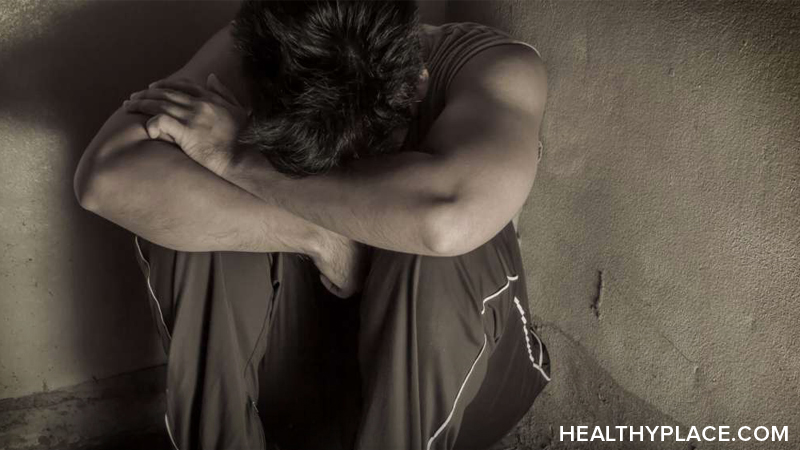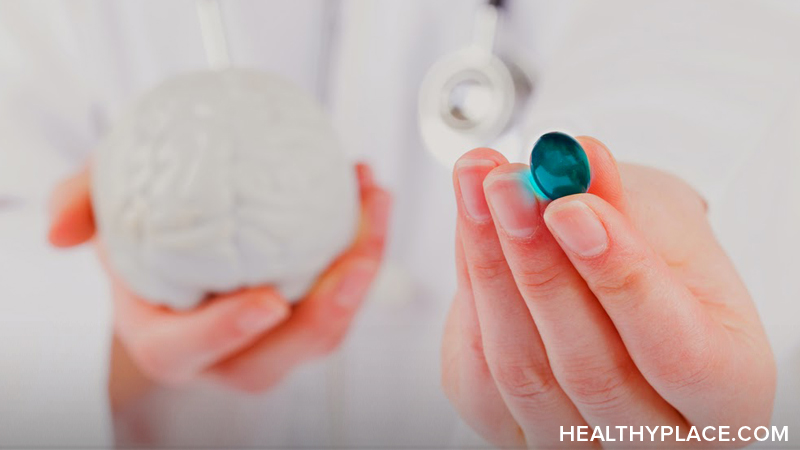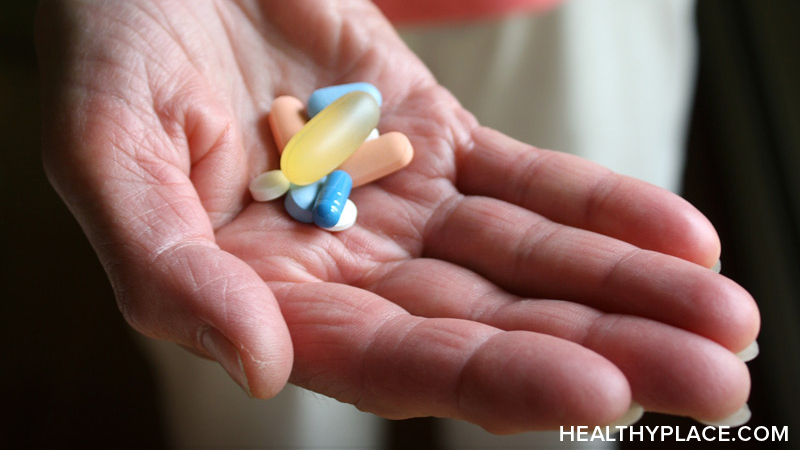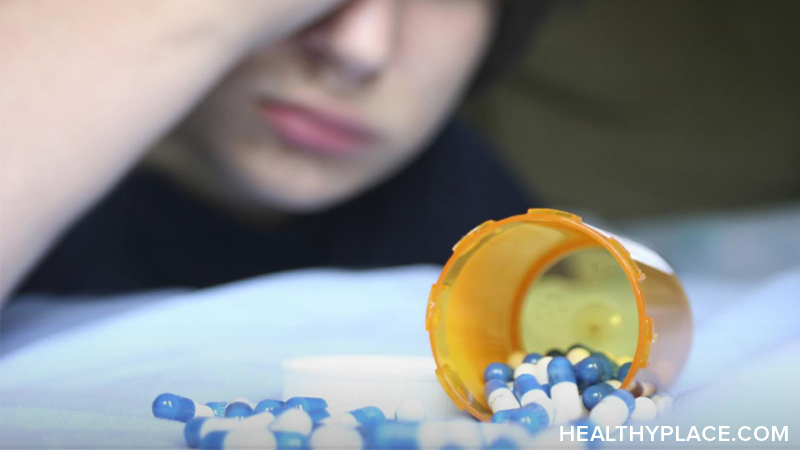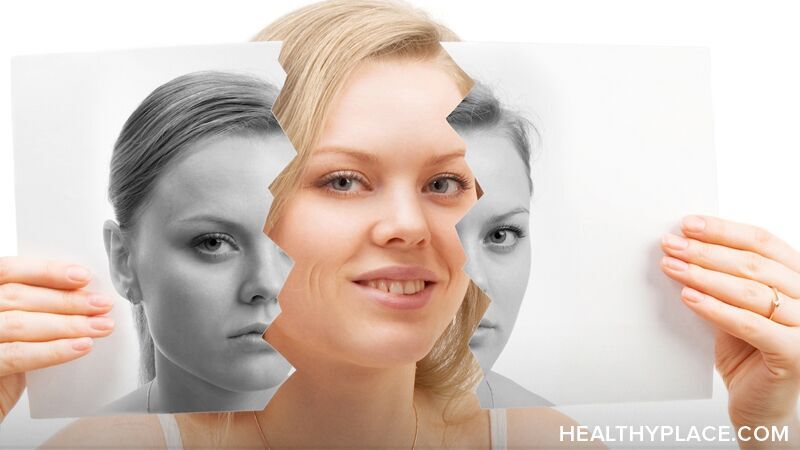Natural Bipolar Treatments: Treatment of Bipolar Without Medication

Bipolar disorder is a serious mental illness characterized by episodes of extremely elevated and depressed emotion. Bipolar disorder is a brain illness commonly treated with psychotropic medication, like mood stabilizers and antipsychotic medications (Can You Manage Bipolar Disorder Without Medication?).
Many people with bipolar disorder will always require medication management of their illness. However, there are natural bipolar treatments that make use of techniques outside of pharmacological drugs. These natural bipolar treatments can be used with or without bipolar medication, but no changes should be made to any treatment plan without first consulting a doctor.
How to Treat Bipolar Without Medication: Therapy
For many, therapy is important in the treatment of bipolar disorder. Bipolar therapy may be short-term or ongoing, but either way it allows for the treatment of bipolar disorder without medication. Key to any therapy is finding a qualified therapist experienced in the desired type of therapy.
Cognitive-behavioral therapy (CBT) is a popular short-term option. CBT teaches skills to deal with and challenge everyday thoughts and assumptions. CBT attempts to change thought patterns as a treatment of bipolar without medication.
Interpersonal psychotherapy is also medication-free. Psychotherapy may be time-consuming but can be very helpful for those with longstanding personal issues that are contributing to unstable mental health. Psychotherapy delves deeply into personal issues and is usually done individually with a qualified psychotherapist.
Light is a Natural Mood Stabilizer / Antidepressant
Many people have heard of seasonal affective disorder (SAD). SAD produces mood swings based on the amount of available sunlight, typically depression in the winter, when light is low. SAD is often treated with artificial sunlight (light therapy).
Research now suggests light therapy is also useful in bipolar disorder depression, even without a seasonal component. This natural bipolar treatment uses a dawn simulator and a light box to manipulate the amount of light received by the patient. Use of a light box requires a strict schedule so light is always administered at the right time and in the right amount.
Light therapy is a low-risk treatment of bipolar disorder without medication, but it is not no-risk. Light therapy can induce mixed or manic episodes.1 Always consult a doctor before starting light therapy.
Exercise and Daily Routines: Natural Bipolar Treatments That May Act as Natural Mood Stabilizers
Exercise is a natural treatment for depression and in some cases, acts as effectively as an antidepressant. Exercise is also beneficial for sleep, overall health and some researchers believe it acts as a mood stabilizer as well.2
Daily routine can also be an excellent way to treat bipolar without medication (or alongside existing medication). It has been shown that a strict bipolar routine involving good sleep hygiene, eating, sleeping and socializing times can be a natural mood stabilizer. Social rhythm therapy tries to create these strict routines for people and has been shown to reduce the overall likelihood of relapse.3
APA Reference
Tracy, N.
(2021, December 28). Natural Bipolar Treatments: Treatment of Bipolar Without Medication, HealthyPlace. Retrieved
on 2025, April 30 from https://www.healthyplace.com/bipolar-disorder/bipolar-treatment/natural-bipolar-treatments-treatment-of-bipolar-without-medication
